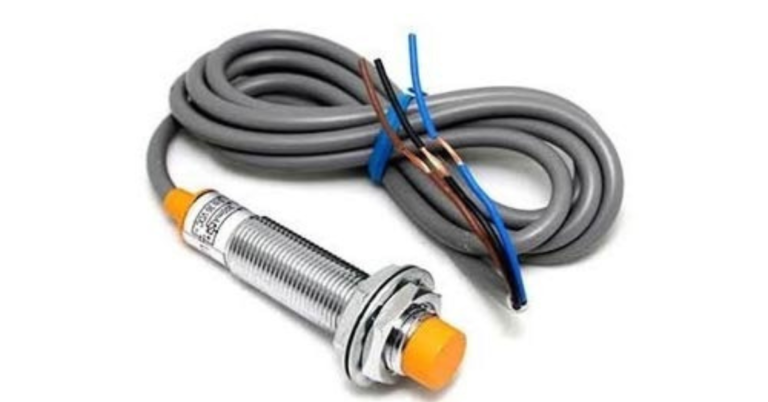Top 5 Animals That Eat Snakes From Birds of Prey to Larger Carnivores
In the complex web of nature, snakes occupy a crucial niche as both predators and prey. Their role as prey is equally vital, as they become targets for a variety of other animals. Understanding what animals eat snakes provides insight into the intricate balance of ecosystems and highlights the diverse strategies of survival and adaptation.
1. Birds of Prey
One of the most prominent groups of snake predators is birds of prey. Raptors, including eagles, hawks, and owls, are adept hunters with keen eyesight and powerful talons. These birds are known for their exceptional hunting skills and can spot snakes from great distances. The golden eagle, for instance, preys on various snakes, including rattlesnakes and other venomous species. Similarly, hawks like the red-tailed hawk and owls such as the barn owl are skilled at hunting and consuming animals eat snakes. Their ability to fly provides them with a significant advantage, allowing them to swoop down and grab a snake quickly before it has a chance to escape.
2. Mammals
Several mammalian predators also feed on snakes. Among these, certain species of mammals stand out for their snake-hunting prowess. The mongoose is perhaps the most famous snake predator among mammals. Mongooses are known for their agility and resistance to snake venom, making them formidable opponents for many snake species. Their rapid reflexes and immune systems help them handle even the most venomous snakes, such as cobras and vipers.
Other mammals, including foxes, wild boars, and raccoons, also include snakes in their diets. These animals eat snakes often forage for food in environments where snakes are common, and their opportunistic feeding habits make them frequent snake predators. Foxes, for example, use their sharp senses to locate and capture snakes, while wild boars use their strong snouts to root out snakes hidden in underbrush.
3. Larger Carnivores
In addition to birds of prey and smaller mammals, larger carnivores occasionally feed on snakes. This group includes animals such as coyotes, bobcats, and even some species of big cats like jaguars and leopards. Coyotes are known to consume snakes as part of their varied diet, which can include rodents, birds, and insects. Bobcats, with their stealthy hunting techniques, also prey on snakes when the opportunity arises.
Jaguars and leopards, while not as specialized in hunting snakes, will readily include them in their diets if available. Their powerful jaws and strength enable them to overpower and consume even large or venomous snakes. This highlights the adaptability of these apex predators and their ability to take advantage of various food sources in their habitats.
4. Other Reptiles
Interestingly, some reptiles are known to eat other reptiles, including snakes. Large lizards, such as monitor lizards, are known to prey on snakes. Monitor lizards use their size and strength to overpower and consume snakes. Komodo dragons, the largest lizards in the world, have been observed eating snakes as part of their diverse diet. Additionally, certain species of larger snakes, such as king cobras, prey on other snakes, including venomous and non-venomous species. King cobras are particularly notable for their cannibalistic tendencies, where they will hunt and consume other snakes, sometimes even individuals of their own species.
5. Amphibians
While less common, some amphibians may also feed on smaller snakes. Frogs and toads, particularly larger species, can occasionally prey on small, juvenile snakes. These amphibians, with their wide mouths and sticky tongues, are equipped to catch and consume smaller prey, including young snakes. However, this interaction is less frequent compared to the predatory relationships observed with birds and mammals.
Conclusion
The predation of snakes is a fascinating aspect of the natural world, demonstrating the diverse and dynamic interactions within ecosystems. Birds of prey, mammals, larger carnivores, and even other reptiles and amphibians contribute to the natural regulation of snake populations. Each of these predators employs unique strategies and adaptations to hunt and consume snakes, highlighting the complex and interconnected nature of wildlife. Understanding these interactions not only enhances our appreciation of ecological balance but also underscores the importance of preserving diverse habitats to maintain these intricate predator-prey relationships.







